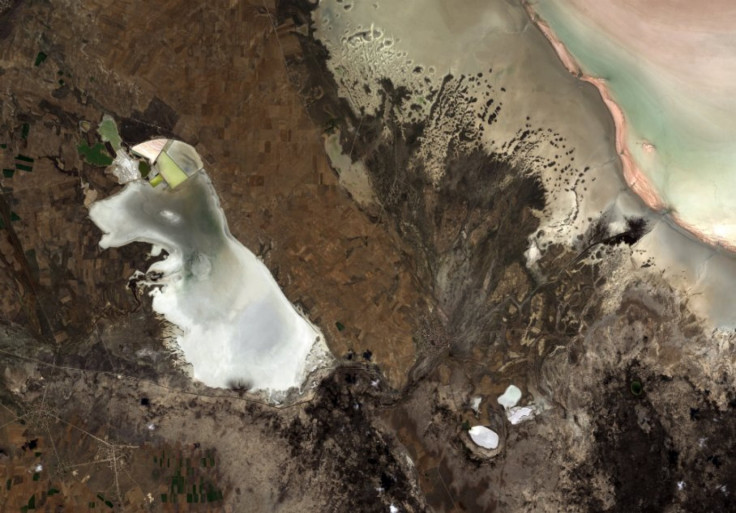Turkey's Gleaming White Salt Lakes Captured From Space

It may look like snow in September, but the white material in the image above is actually salt from a dried up lake in Turkey.
Captured by Japan’s Advanced Land Observing Satellite (ALOS), the image shows Turkey's Lake Tersaken. The lake dries up completely during the summer, exposing a massive expanse of white salt. In the upper right corner of the photo, you can also see part of Lake Tuz -- the second largest salt lake in Turkey and one of the largest in the world.
According to a statement from the European Space Agency, the area is so bright that Earth-watching satellites use it to white balance their sensors. Also noteworthy: Half of the salt consumed in Turkey comes from the larger Lake Tuz.
The ALOS used its Advanced Visible and Near Infrared Radiometer type-2 instrument to capture the image.
© Copyright IBTimes 2025. All rights reserved.





















